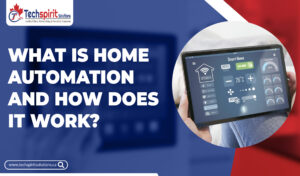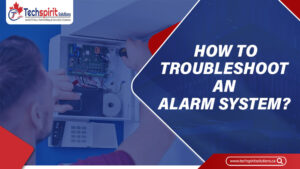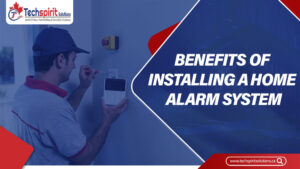You might have heard the term Power over Ethernet(PoE). So, what is PoE, and how does it work? We will discuss and explain Power over Ethernet in this blog.
Table of Contents
ToggleWhat is Power over Ethernet?
Power over Ethernet is a technology that allows ethernet cables to send data and power over the same network cable simultaneously. PoE technology establishes it so well that it powers millions of devices worldwide.
How Does PoE Work?
For PoE to work, the flow of electric current must enter an ethernet data cable at the power supply end and come out at the device end. Ethernet enables the separation of the data signal and the power current, preventing interactions between the two. An injector allows current to flow into the Ethernet data cable.
Benefits of Power over Ethernet:
There are numerous advantages of using Power over Ethernet technology:
- Simplified Installation : Network installation is simplified as PoE does not require a separate power line and electric connection to power up devices. It saves the cost of installing additional electrical wiring.
- Reliability: Power over Ethernet works with a single cable to power and provide data to a device, decreasing the danger of power outages caused by loose connections and electrical overload.
- Flexibility: PoE technology allows devices to move to inaccessible locations without requiring an electrician to install additional outlets.
- Cost Savings: We can reduce the cost of installation and maintenance by utilising PoE. It eliminates the need for extra power cables and outlets. So, by using PoE, it is possible to maximise installation cost reductions.
- Scalability: The PoE network can expand to accommodate more devices in different rooms or locations.
What are the different types and standards of PoE?
PoE is available in several varieties:
- IEEE 802.3af: This gives up to 15.4 watts of power to your device. It finds its uses in VoIP phones and static surveillance cameras.
- IEEE 802.3at: Also known as PoE+, this standard offers up to 30 watts of power to your device. It also supports IEEE 802.3af. They find their use in high-end surveillance cameras with pan, tilt, zoom, wireless access points and LCDs.
- IEEE 802.3bt: This standard is also known as Ultra PoE (POE++). It can supply up to 60 watts of electricity to connected devices. They find their use in devices such as video conferencing systems.
Devices that use PoE
Some of the commonly used devices that use PoE are:
- IP surveillance cameras
- VoIP telephones
- Access points for Wi-Fi
- Switches for Network
- Wireless routers
As the power demands have grown over the years, PoE technology has had to adapt to meet the needs. Power over Ethernet (PoE) technology, while advantageous, does have certain limitations.
Firstly, PoE imposes power limitations. Standards limit the power available for delivery, usually 15.4 or 30 watts per port. It limits the number of powerful devices that can be effectively powered, making integration into PoE networks difficult.
The second problem is network infrastructure. PoE uses Ethernet cables with a maximum allowable length for power transfer. As cable length grows, voltage loss worsens, resulting in insufficient power at the receiving end. It restricts the range over which power can effectively deliver, necessitating careful planning and network design decisions.
Thirdly, not all devices are PoE compatible; they need particular wiring and parts to use the power from the Ethernet cable. System integrators may struggle with this restriction since they have to determine which devices may use PoE and which cannot.
Techspirit Solutions, a top supplier of networking solutions, optimizes power delivery, promotes efficiency, and boosts overall network performance by utilizing the advantages of PoE. The skilled team at Techspirit Solutions evaluates clients’ needs before creating PoE solutions for them. It includes choosing compatible devices, finding appropriate power levels, and managing every element of network installation. Make sure that PoE is fully integrated into the current infrastructure while considering cable routing, power budgeting and safety protocols.
Read More : A Comprehensive Guide to POE Switch








